The Rhythm Game World of Japanese Arcades
Arcades in Japan are called Game Center (ゲームセンター), or simply known as ゲセン (GaCen). Many types of Japanese arcade games exist, from classics like UFO Catchers, Pac-Man, and Space Invaders to modern Japanese video games, gachapon (capsule toy games), and more. In particular, Japanese rhythm games are a beloved pastime for arcadegoers.
These games allow players to more fully immerse themselves in the game's music as you push buttons, dance, etc., along with the beat. While initially these games were only beloved by a small group of Japanese people, they have managed to capture the interest of the arcade game industry, now appearing as popular games like Guitar Hero worldwide.
Today, let Sugoi Mart introduce you to the fascinating world of Japanese rhythm games!
What are rhythm games?
Japhanese rhythm games are a type of video game which require players to interact through physical actions on the gaming device such as swiping and pressing on certain parts of the gaming console in order to match the rhythm of the music. Usually, a player can play three songs with 100JPY, about $1. Many types of rhythm games are available, from Dance Dance Revolution (a dance and rhythm game) to options that require you to play video game instruments along with the music.
History of Japanese Arcade Games
At first, Japanese arcade games, particularly rhythm games, were attended by a small group of gamers who enjoyed playing along with quirky music titles. The initial form of Japanese rhythm games in the arcade game industry was launched in the late 1980s under the name of Dance Studio (Dance Aerobics outside of Japan). This game required players to push a button to the beat of the music, successfully coping an aerobics instructor on screen.
It was not until about ten years later when the next rhythm game was released, PaPappa the Rapper. This game, created by a game designer/musician, enabled players to produce raps with each button press that was correctly timed. PaPappa the Rapper was the first rhythm game that garnered success outside of Japan, leading to the creation of additional Japanese rhythm games. Two years later, UmJammer Lammy was released on PlayStation 2, a game similar to PaPappa the Rapper but with a focus on guitar playing instead.
The success of PaPappa the Rapper shifted the industry of Japanese arcade games, leading to more designers focusing on rhythm-based games. Game developers began creating offerings based on specific instruments, such as BeatMania, which prompted gamers to control a DJ console featuring a turntable and mixing board. Other Japanese rhythm games began appearing, such as Dance Dance Revolution and DrumMania. Many of these games allowed players to live out their rockstar fantasies due to their instrumental focus.
Though these games saw a large number of fans in Japan, their success overseas did not occur in a single night. The cost of producing the same games outside of Japan was prohibitive, though their popularity remained strong, eventually prompting some titles to be released in other countries. For example, Dance Dance Revolution was updated as a home version with a mat that could be used for dancing. This version of the popular game made it easier (and less costly) to release to gamers in the US.
In 2004, Sony released SlingStar, a game that focused on karaoke singing but with exciting music. The initial success among non-gamers prompted Sony to create and release Guitar Hero a year later, which gained popularity among games and non-gamers. Since then, additional rhythm games and iterations of already established games continue to be released in Japan, Europe, America, and other countries worldwide.
Rhythm Games' Impact on Japan's Arcade Game Industry
With minimal required skills and a low barrier to entry, Japanese rhythm games have remained popular in Japan. Additionally, the social aspect of these Japanese arcade games has kept them a beloved form of entertainment. Since their inception, they have managed to amplify the appeal of arcades and arcade games in Japan.
Additionally, they have changed Japan's arcade industry, as the addition of rhythm games has curated a more dance club-like vibe at arcades. This has kept the appeal for arcades fresh for visitors. With new variations of rhythm games appearing, often including music from anime or displaying performances by virtual idols like Hatsune Miku, these games have remained popular among gamers and non-gamers alike in Japan.
Their enduring popularity is visualized by the amount of space dedicated to rhythm games to this day. In Japanese arcades, games are grouped together on various floors based on player demand. It's common for rhythm games to require the dedication of an entire floor in nearly all arcades (depending on the size of the establishment), thus providing insight into the continued appreciation and popularity of this game genre.
Popular Rhythm Games in Japan
Whether gamers prefer to use Nintendo Switch to play Japanese rhythm games or visit an arcade to create music or dance as a desired player's character, Japan offers ample options. Below are a few of the top Japanese arcade games based on the rhythm genre.
Taiko No Tatsujin (太鼓の達人)
Taiko No Tatsujin is an arcade game created by Namco that is based on Taiko (太鼓), a traditional Japanese drum. It requires gamers to play the Taiko and match the rhythm of the song. There are two Taikos located on the left and right sides of the console, allowing two players to play together. In the middle, there’s a screen to display the notes that the players need to hit.
Taiko No Tatsujin has tons of songs for you to play on. For example, J-POP, Anime, Variety and Classical music etc. There are three levels for all songs, which are distinguished using different flowers. For some songs, there are even an extreme level called 鬼, which means demon in Japanese!

As seen from the screen, there are two kinds of notes. Red notes require the player to hit the middle part of the Taiko while the blue notes require the player to hit the rim of the Taiko. There are three levels for all songs, which are distinguished using different flowers.
Initially, this game was played with drumsticks and Taiko-like drums. However, Nintendo Switch now offers players a game that can be accessed at home with a similar concept. Instead of drumming on recreations of Taiko, players will use the included Joy-Cons to "drum" to the beat.
Chunithm
Chunithm is another popular arcade rhythm games in Japan, created by Sega. The game console contains a touch bar in the middle and two motion sensors on both sides. To play this game, users need to engage with the touch bar through different motions. Including tap, hold, slide and wave etc. The game requires the player to interact with the console according to the notes scrolling down the screen, and the color of the notes corresponds to different motions. It seems difficult, but the controls are relatively intuitive! There are four levels, including basic, advanced, expert and master.
Since its initial release, Chunithm has evolved to encapsulate players of more ages. When released, this game was intended for older players (high school and university age), though it is now marketed to a wider age range. Additionally, the speakers, touch panels, and monitor have all been upgraded through the years. This game also allows for the selection of an avatar as a player's character, along with arena battles.
Wacca
Wacca is the one of the newest Japanese rhythm games. It was developed by MARVELOUS and Hardcore Tano*C. The console consists of a huge round touchpad and a screen in the middle. Along with the music, notes will emerge from the center of the screen. Players are required to interact with different motions on different position of the touch pad such as touch, slide and hold etc. For each song, Wacca provides three levels, namely normal, hard and expert.

Through the years, additional songs and play mechanics were released, allowing the game to remain exciting for players. It also provided an online community for fans of the game, as players could create an account to view their scores, interact with other players, unlock more songs, and increase their rankings. Unfortunately, the online community is no longer available for players. However, some Japanese arcades still offer Wacca as an in-person game for players.
Bring Japanese Arcade Games Home with Sugoi Mart!
Perhaps you can't visit one of the many Japanese arcades in the country, but that doesn't mean you aren't able to enjoy fun video game merch! With Sugoi Mart's extensive video game merch collection, you'll have your pick of items from top games like Pokemon and Super Mario. Whether you enjoy collecting plushies, figures, or fun accessories, you'll find plenty of take-home-worthy merchandise.
Explore an array of items, including Switch Accessories like the Animal Crossing New Horizons Nintendo Switch Shoulder Bag, Retro Consoles including the Tiny Arcade: Pac-Man, and Capcom merch like the Street Fighter Stand Stones Gachapon Blind Box.
Immerse yourself in the world of Japanese rhythm games and Japanese arcades further by subscribing to Sugoi Mart's newsletter. Each newsletter includes exclusive news, discounts, and promotions on a variety of categories, including Japanese arcade games. Sign up now for more details!








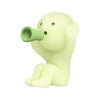


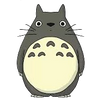


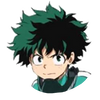
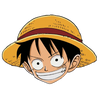
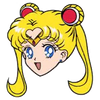

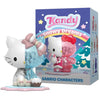
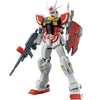



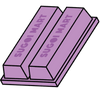
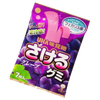
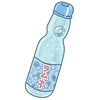


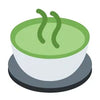



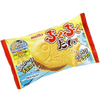



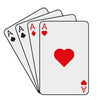


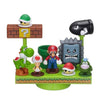



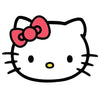
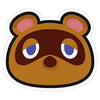







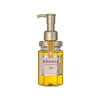


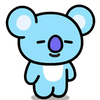
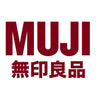
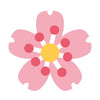
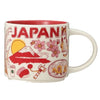

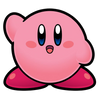
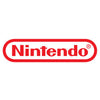





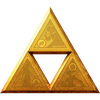

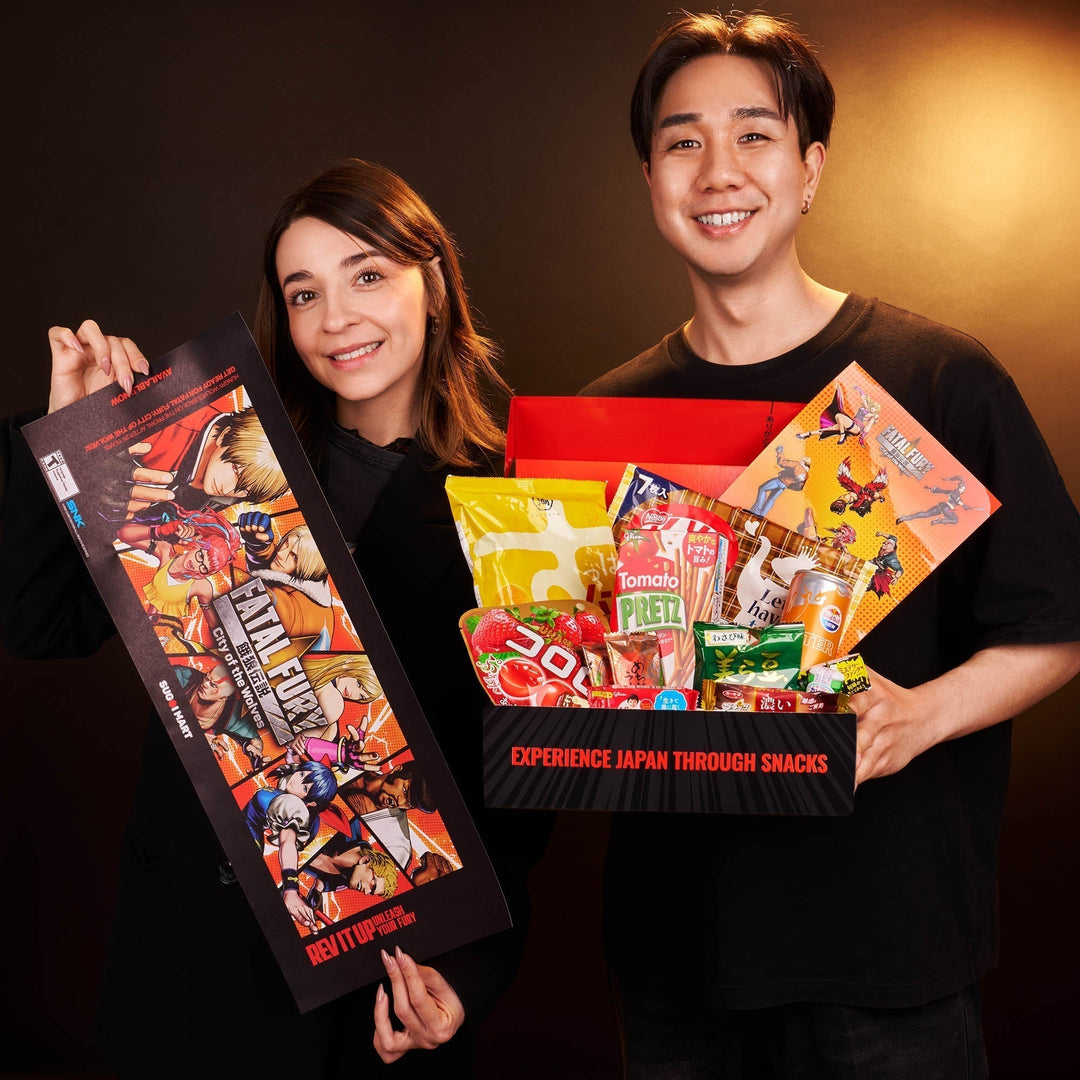


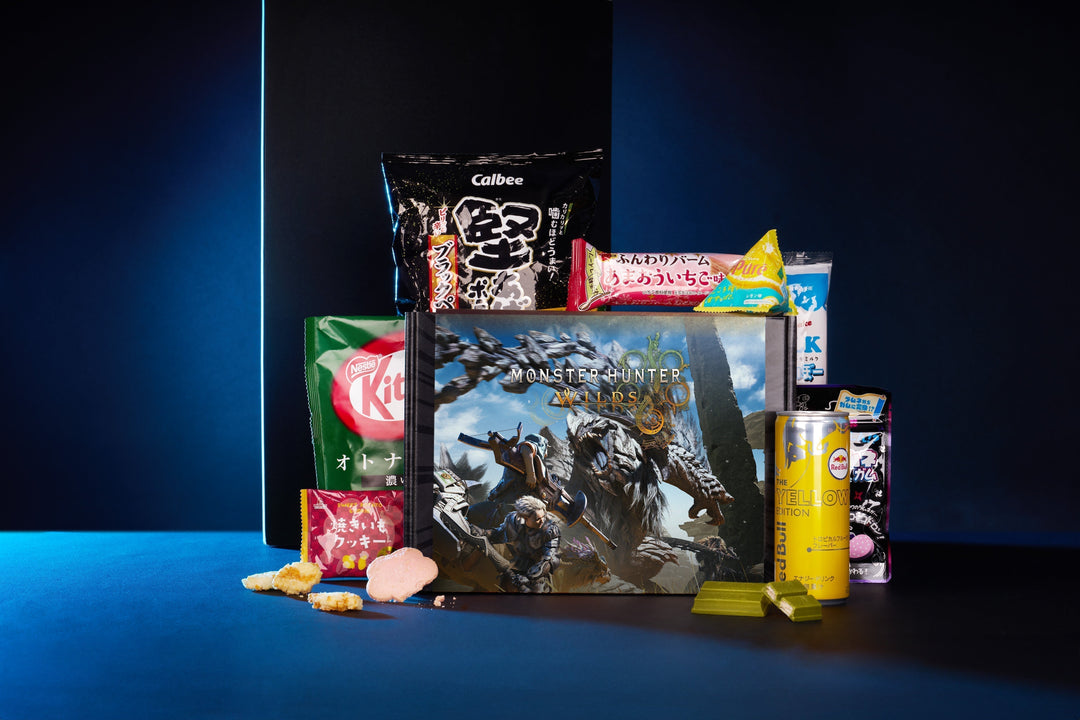
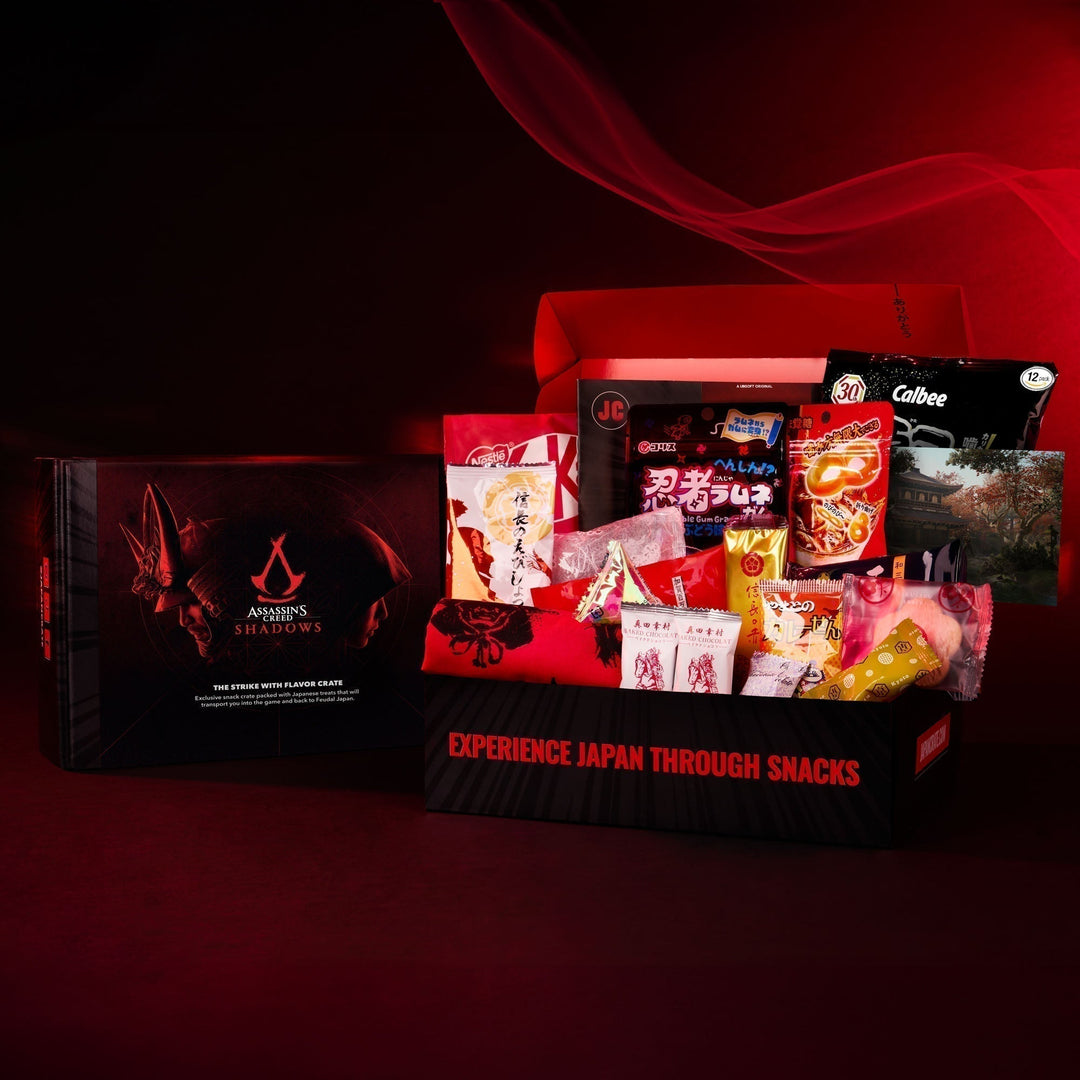
Leave a comment